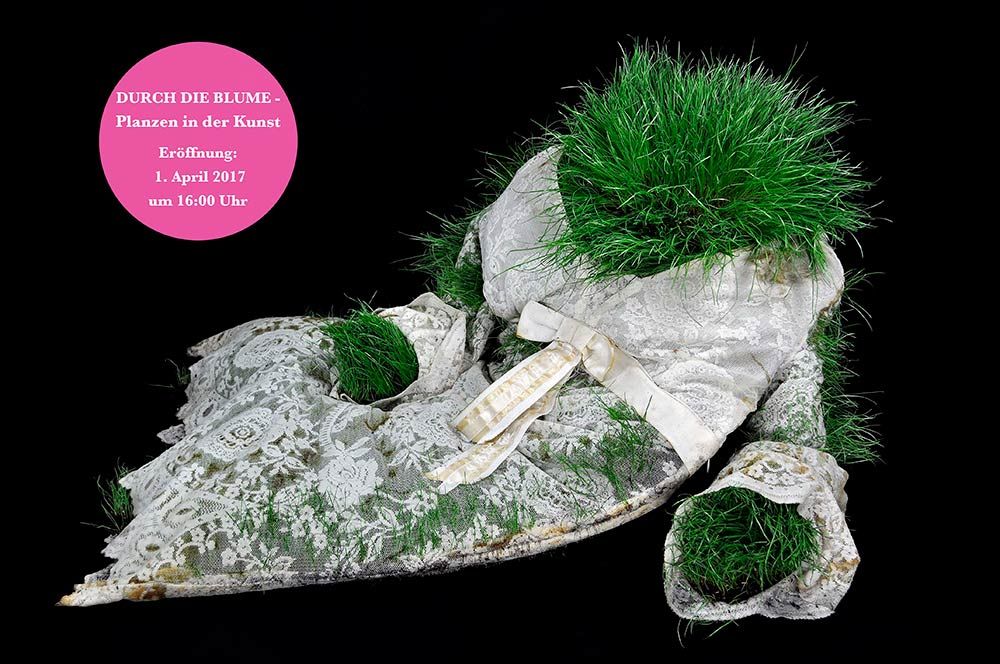Season 2017: ART TOLD WITH FLOWERS

- APRIL 01 – OCTOBER 29, 2017
This magnificent exhibition showed works by Rozbeh Asmani, Rudolf Bonvie, Karoline Bröckel, Katharina Duwen, Werner Henkel, the artificial flower manufactory, Christiane Löhr, Scénocosme, Dieter Seitz, Daniel Spoerri, Golbarg Tavakolian, Barbara Camilla Tucholski, Herman de Vries, Martin Weimar, and from the collections of Admont Abbey and the Watering Can Museum (Giessen).
Plants in art are much more than still lifes with flowers. Albrecht Dürer's well-known depiction of a piece of grass, a classic study of nature, appears in contemporary art as a piece of grass that has actually been cut out and placed behind glass (Herman de Vries), and at other times as a paper cut out of artificial turf (Werner Henkel).
The longing of city dwellers for a piece of nature gives plants a social component. Parks are referred to as »social green«. Allotment gardens are also an expression of this longing, as the drawings by Barbara Camilla Tucholski delicately illustrate.
Plants gain economic importance when they are used as medicines or insecticides because of their ingredients – which Rozbeh Asmani took up as a central theme.
The fact that plants can also become artistic material was shown in the sculptures made of grass and seeds by Christiane Löhr and in the photographs by Katharina Duwen, who experimented primarily with grass seeds and staged the results in spectacular photographs. Finally, the watering can in all its forms was honored as a symbol of the gardener's labors and duties (Watering Can Museum, Giessen).
Exhibition period: April 01 – October 29, 2017